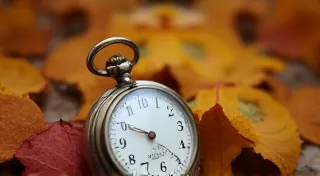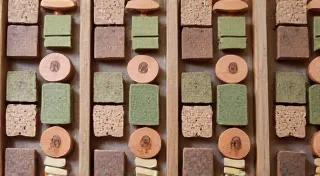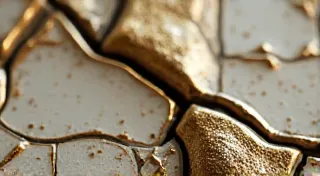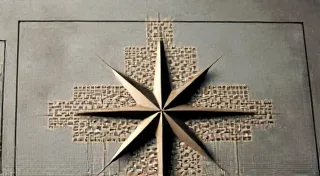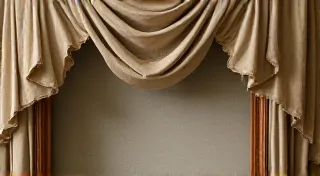Beyond the Dial: The Artistry of Antique Clock Hands
There's a certain magic that permeates antique clocks. It's not just the ticking, or the chimes, but the feeling that you’re holding a piece of history, a tangible connection to the past. We often admire the face, the movement, the case – the grand features that define a clock's aesthetic. But what about the hands? These slender pointers, seemingly small and insignificant, hold a world of artistry and untold stories, often overlooked in the grand narrative of clock restoration and collecting. They represent the relentless march of time, a concept explored in greater depth in articles like "More Than Minutes: The Symbolic Weight of Time in Antique Clock Design".
I remember the first time I truly noticed them. I was helping my grandfather, a retired watchmaker, restore a late 19th-century French Empire mantel clock. He's the one who instilled in me a reverence for these mechanical wonders. While I was focused on cleaning the intricate escapement, he paused, gently lifting the hour hand. "Look at the bluing," he murmured, holding it to the light. The subtle iridescence, the result of meticulous heat treating, shimmered like a tiny rainbow. It was a detail so small, so understated, yet so profoundly beautiful. It was a moment that shifted my perception of antique clocks forever.
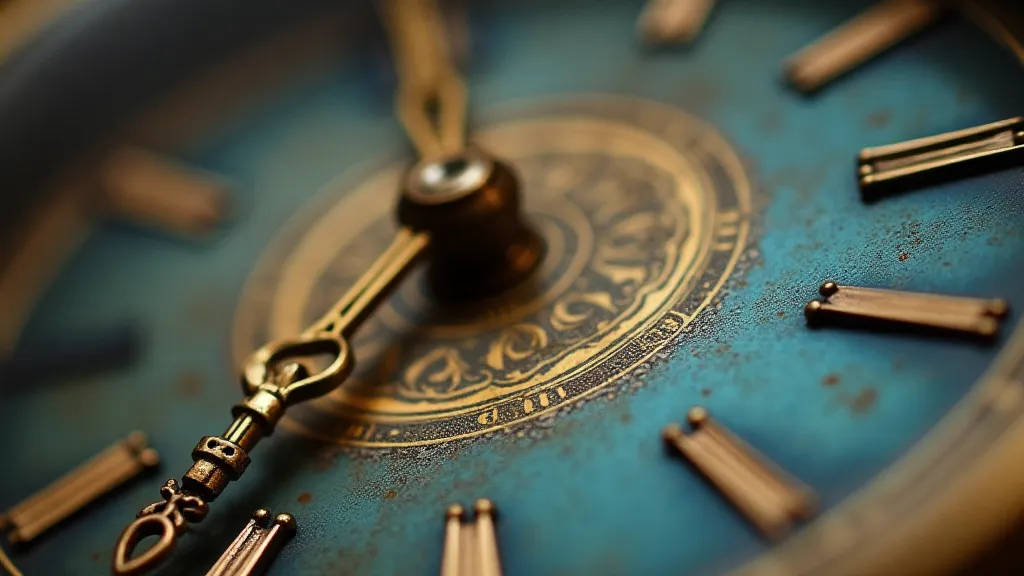
A Tapestry of Materials and Styles
Clock hands weren't merely functional components; they were opportunities for expression. The materials used varied greatly, reflecting the era, the maker’s skill, and the intended aesthetic. Early hands were often made from simple materials – iron, occasionally even wood. These were utilitarian, designed to be durable and accurate, but lacking in the decorative flourish that would come later. As clockmaking evolved, so did the materials. Brass became prevalent, allowing for finer detail and a more polished appearance. Steel, when properly treated, could achieve the coveted blued finish that my grandfather pointed out – a testament to a maker's mastery of metallurgy. Understanding the historical context of these materials often reveals fascinating details about the clockmaker’s legacy and the traditions passed down through generations - a fascinating topic explored further in "The Clockmaker's Legacy: Tracing Ancestry Through Markings and Styles".
The styles themselves offer a fascinating window into the prevailing design trends. The Georgian era favored simple, spear-shaped hands. The Victorian period, known for its ornate detailing, embraced more elaborate forms – spade-shaped, scrolling, or even incorporating delicate engraving. The Art Nouveau movement, with its emphasis on flowing lines and natural forms, influenced hand design as well, resulting in gracefully curved pointers reminiscent of botanical motifs. These design choices weren's simply aesthetic; they were imbued with symbolic weight reflecting broader cultural shifts, as described in more detail elsewhere.
The Craftsmanship: More Than Meets the Eye
The creation of antique clock hands was a meticulous process, requiring a level of skill and precision that is rarely appreciated today. Forget about mass production; each hand was typically handcrafted, often by a specialized artisan. Consider the bluing process, for example. It's not simply a matter of heating steel. The steel must be heated evenly and slowly, watched like a precious flame. The temperature must be exact – too hot, and the finish will be ruined; too cool, and the effect won't be achieved. The artisan’s eye, honed by years of experience, was the crucial tool. The absence of a hand, or its damage, is sadly all too common, impacting not only the clock's visual appeal but also potentially its functionality. Discovering a replacement is often a painstaking process, sometimes involving meticulous searches for parts from other timepieces.
Even the shaping of a hand required considerable expertise. Achieving the correct balance was paramount. An unbalanced hand would not only look awkward but would also affect the clock’s accuracy, imparting a wobble as it swept across the dial. Many early hands were counter-weighted to compensate for the thickness of the pointer itself, demonstrating a level of ingenuity that continues to impress. Sometimes, a missing weight can be a perplexing puzzle for a clock restorer to solve.
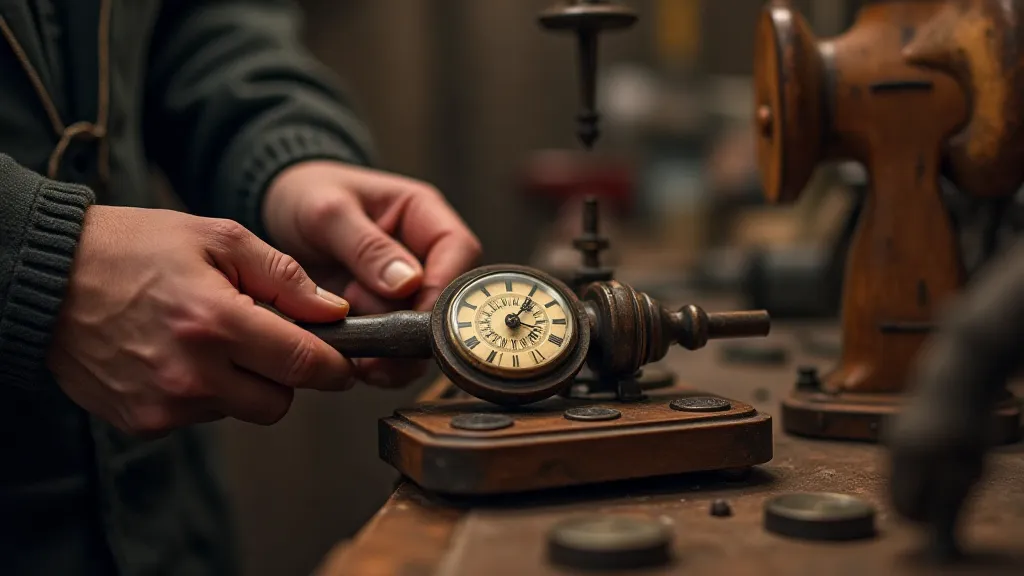
Restoration Challenges and Considerations
Restoring antique clock hands presents unique challenges. Replacements are often difficult to source, and incorrect replacements can significantly detract from the clock’s value and authenticity. Simply replacing a hand with a modern reproduction, even one that appears similar, is often considered sacrilegious to purists. Finding a matching original is the ideal, but it's a process that requires patience, research, and a network of knowledgeable contacts. The entire clock may suffer if a mismatched hand is installed, impacting its overall aesthetic and historical integrity.
Cleaning and repairing original hands requires a delicate touch. Aggressive cleaning methods can damage the finish, especially on blued steel hands. Similarly, attempts to re-blue a hand are notoriously difficult and rarely yield satisfactory results. Often, the best course of action is to preserve as much of the original finish as possible, carefully removing surface dirt and grime without resorting to harsh chemicals. Any repairs, such as straightening a bent hand or re-attaching a broken rivet, must be carried out with the utmost care, using techniques and materials that are sympathetic to the original construction. Sometimes, the absence of a weight can contribute to further complications, as the delicate balance of the clock’s mechanics is disrupted. The sheer weight of a clock is a significant element of its presence and character.
Collecting and Appreciation
For the dedicated collector, antique clock hands offer a fascinating avenue for specialization. Collecting hands from specific makers, from particular eras, or featuring unique design elements can be a rewarding pursuit. A collection of hands can provide a tangible connection to the history of clockmaking and offer a unique perspective on the evolution of design. Specializing in a particular style, like those impacted by the Art Nouveau movement, allows for a deeper appreciation of the era's design philosophies.
But beyond the collector’s perspective, there’s a more universal appreciation to be gained. Taking a moment to truly observe these slender pointers – to notice the subtle nuances of their form, the shimmer of their finish, the marks of the artisan's hand – is to deepen one's appreciation for the artistry and craftsmanship that lies within these timeless machines. They are a reminder that even the smallest details can hold the greatest beauty and tell the most compelling stories. It's a reminder of the passage of time, and the impermanence of all things, reflecting a broader philosophical consideration of how we perceive and value time.
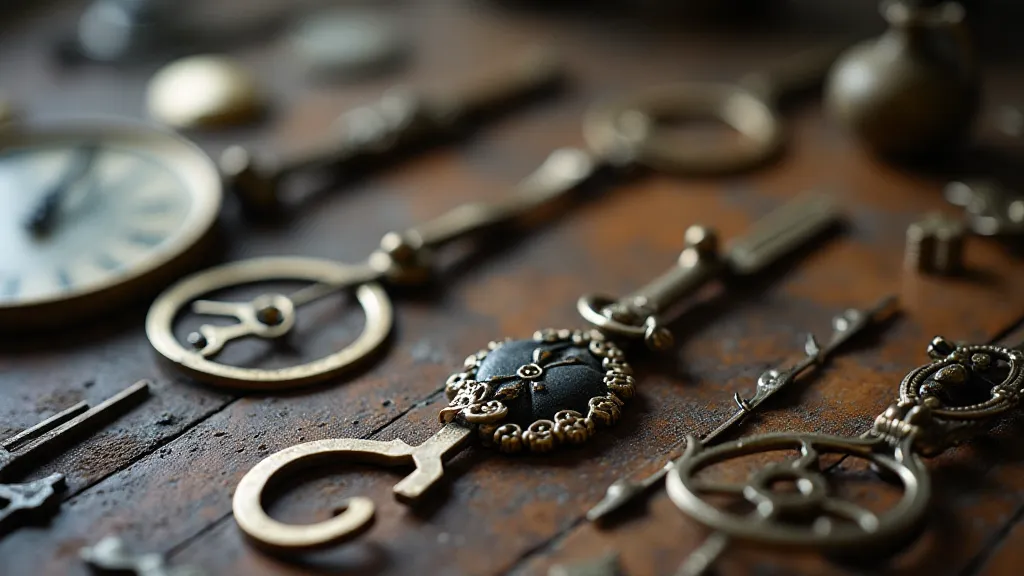
The next time you encounter an antique clock, don't just admire the face and the case. Take a moment to look at the hands. Consider the skill and artistry that went into their creation. You might be surprised by what you discover. It's a testament to human ingenuity and the enduring power of mechanical artistry. Occasionally, the discovery of a missing or damaged weight reveals hidden clues about the clock’s history or previous ownership – a fascinating aspect of antique clock restoration often overlooked.
In conclusion, antique clock hands are more than just functional components; they are miniature works of art, embodying the skill and creativity of generations of clockmakers. They offer a unique window into the past, revealing not only the technical advancements of the era but also the aesthetic preferences and cultural values of the time. They are a tangible link to a world where craftsmanship was paramount and where even the smallest detail was given meticulous attention. They invite us to slow down, to appreciate the beauty and complexity of these mechanical wonders, and to remember the enduring power of human artistry.
